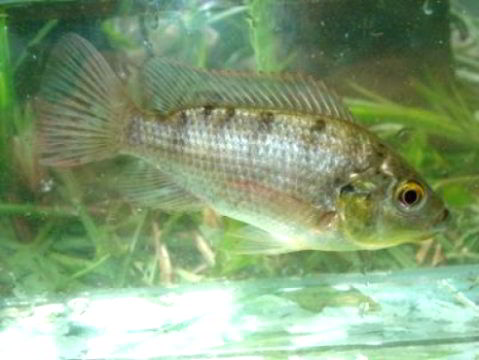Wild tilapias in seven lakes of the country show a high percentage of genetic introgression and low genetic diversity based on a study. Genetic introgression takes place when one species contains genes from another due to mixing or hybridization between them.

Titled as Genetic Traceability and DNA Fingerprinting of Genetically Improved Tilapia Strains in Hatchery and Feral Populations, the study was implemented by the Institute of Biology of the University of the Philippines-Diliman (UPD), led by Dr. Jonas P. Quilang and Dr. Zubaida U. Basiao.
The Philippine Council for Agriculture, Aquatic and Natural Resources Research and Development of the Department of Science and Technology (DOST-PCAARRD) funded the study.
With the use of DNA barcoding and population genetic analysis, the study examined the genetic quality and genetic diversity of feral tilapia stocks in seven major lakes in the Philippines: Lake Mainit, Lanao Lake, Lakes Bato and Buhi, Naujan Lake, Taal Lake and Laguna de Bay.
Of the 66 Tilapia specimens used for DNA barcoding, 60 were morphologically identified as Nile tilapia and six as Mozambique tilapia.
Comparison of the Cytochrome C Oxidase I (COI) gene sequences of all the specimens with those in GenBank, a database of DNA and protein sequences, showed that only 38 of the 60 specimens or 63% of those that were morphologically identified as Nile tilapia, matched to COI gene sequences of Nile tilapia.
Nine or 15% were designated as a cross between Nile tilapia and Blue tilapia, and 13 or 22% were designated as a cross between Nile tilapia and Mozambique tilapia.
Of the six specimens morphologically identified as Mozambique tilapia, five matched to the COI sequence of Mozambique tilapia in GenBank and one was designated as a cross between Nile, Mozambique and Blue tilapia.
Only 65% of the samples can be considered to be pure Nile tilapia or pure Mozambique tilapia and the remaining 35% as introgressed or hybrids of two to three different species.
The high percentage of introgressed feral tilapias in the seven lakes and the presence of low genetic diversity of feral tilapia populations in six of the seven lakes, as shown in the study, is alarming since it may lead to further deterioration of genetic quality of feral tilapias in these lakes. The condition, if remained unchecked, may also lead to the decline in fish production from capture fisheries.
In some lakes, rivers, and dams in the country, government agencies and local government units (LGUs) regularly stock tilapia fingerlings to augment fish production and support the livelihood of small-scale fishermen. To ensure good genetic quality in feral populations, and thus good harvest, genetic purity of fingerlings used for stock enhancements should be monitored. Tilapia stocks that are introgressed and with low genetic diversity should not be used for fish dispersal in the inland bodies of water since doing so will not benefit the fishing communities.
by Jonas P. Quilang and Zubaida U. Basiao, Institute of Biology-UPD





